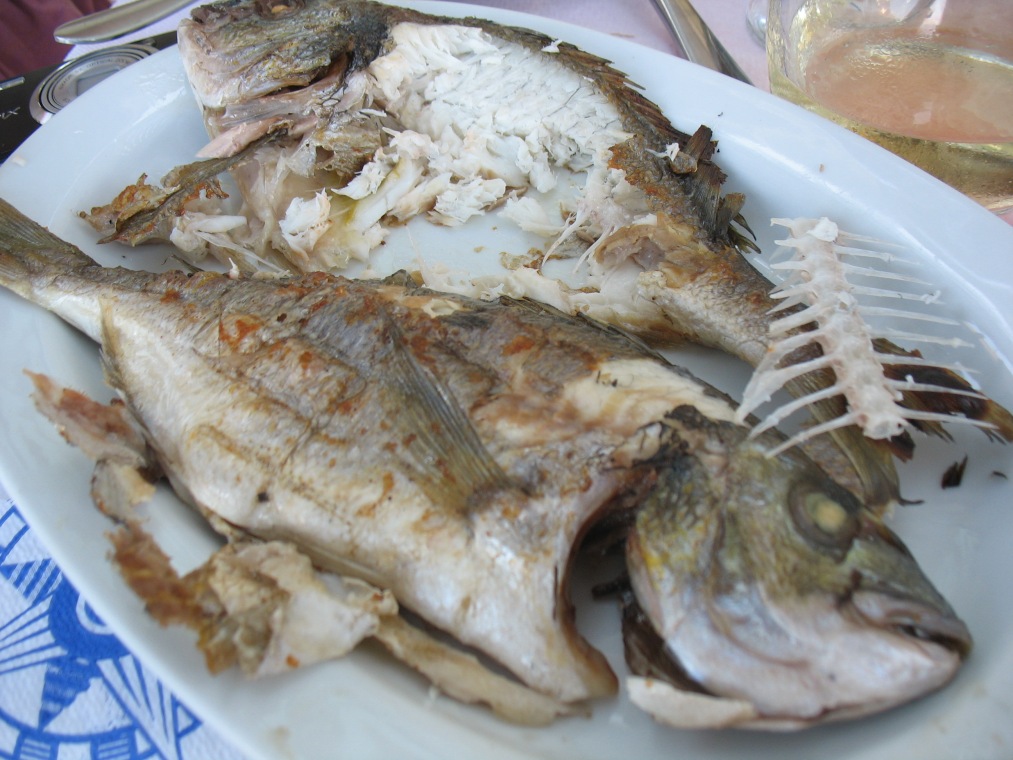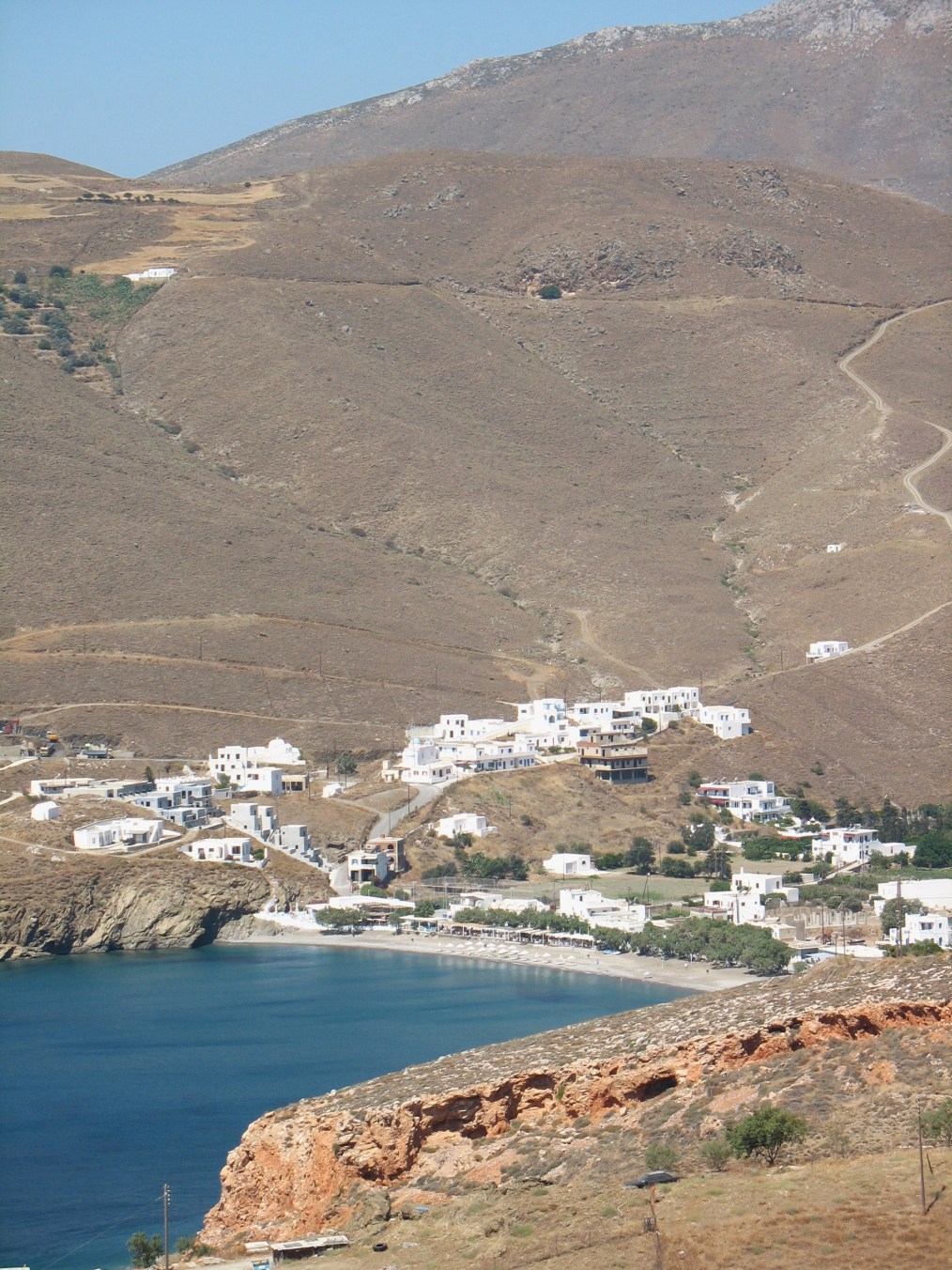Surprise! I’m alive! I know, you were all worried that I’d slipped into one of the graves I study and not clambered back out. It felt that way a few times in the last twelve days, but no, not yet. I have, however, been to an Italian police station. And on a twelve-hour bus ride (which is basically hell). And there were a few things in between the two.
So, let’s start with the police station. When last we spoke, the weekend was rapidly approaching. I was packing my backpack for a weekend of light hiking through Cinque Terre, one of the most beautiful regions in Italy. And then…THE EMAIL. Late that night, we at the Centro were informed by our residential director that we needed to board a bus early Saturday morning, passports in hand, or else we’d be deported. He said that the police had questions about our permessi di soggiorno. It wasn’t actually a big deal, but we were freaking out a little bit. Especially because they ran my fingerprints through the system not once, not twice, not thrice, but four times. I just look like a hardened criminal, you know.
After that, the weekend just progressively became more and more insane: I couldn’t really sleep Saturday night and so was running on three hours of rest on Sunday. Homework was a blast (as I’ve mentioned before, we have loads of it). Fortunately, we got to go on a lot of cool trips out of the city to make up for that fact.
We visited a sanctuary to Diana at Nemi, where we also saw restorations of two huge pleasure barges in a nearby museum. The anchor was three times as tall as I am. We then headed to Praeneste (modern Palestrina), which was important historically as the last refuge of the younger Marius when he was standing up against Sulla (a general and dictator of Rome in the 80s BC). Praeneste was a huge sanctuary as well, and has now been converted into a museum…with over 800 stairs leading up to it. I guess that’s part of why Marius felt safe there…those steps are awfully discouraging for the casual tourist, much less for someone wearing pounds of armor who probably would die fighting at the top anyway. (Sulla won, despite the stairs.)
This past week, we visited the Palatine hill in Rome, looking at what may/may not have been part of Augustus/Octavian’s home in the late Republic/early Principate. Explaining that complex maze would take hours…and a blog post devoted entirely to it. Maybe another time? I’ve been told we’ll be going back there, so when we do, I’ll do a post on it specifically. Promise.
And this weekend? That 12-hour bus ride was to Ravenna, a city in the north of Italy. To be fair, the actual drive is only five and a half or so hours, but we made a lot of stops along the way back and took a rather circuitous route, in an attempt to follow Julius Caesar’s fateful march to Rome. The drive was lovely, full of sudden switchbacks and mountains rising out of nowhere, with little towns perching on the very ridges of hills. Or, it was lovely there. I was carsick most of the way back.
On the upside, Ravenna itself was gorgeous. I (typically) forgot my camera at the Centro, so I have no pictures of it, but hey, that’s what Google is for. Ravenna, apart from being a town Caesar camped in, was also the capital of the empire in the 5th century CE. As Constantine condoned Christianity in the 4th century and the town was on the upswing, there were oodles of beautiful churches at which to gaze in awe. Some of the most beautiful mosaics in the world can be found in the baptisteries there. Though the late empire really isn’t my cup of tea, it was a really cool trip. Plus, it was nice to get out of Rome for a day or two.
So there you have it. A condensed, painless version of my last two weeks. (There were also over 400 pages of reading involved, with 300 or so lines of translation in Greek and Latin, but unless you’re one of my classics major friends, that isn’t likely to interest you.)
The next two weeks promise to be interesting as well, though again, I’m not sure how often I’ll be able to update. You see, we leave on Saturday morning for Sicily. We’ll spend a week shuttling between different towns in the area (we have four different hotels in the space of that eight nights, if that tells you anything), and afterwards, we have fall break.
Oh, wait. I haven’t told you about fall break at all, have I? I was planning on going to Greece, but there’s some major riots going on in Athens, so my travel companions and I nixed that plan. Instead, we’ll be going to…*cue clichéd drumroll, please* Florence, Milan, Nice, and Paris. It’s basically going to be the best trip ever. We’re taking the train early Monday morning to Florence, spending all afternoon there, taking the train to Milan, spending the evening and next morning there, heading to Nice for the evening and next day, then heading to Paris for four full days. Then an overnight train back! We don’t have a particular plan for what sites we intend to see, but you can bet that shopping and the Louvre are involved. Will keep you updated. And will try to post. But as you’ve seen already, I’m not the most reliable blogger. My bad.
Ciao for now, and all my best.
E





































